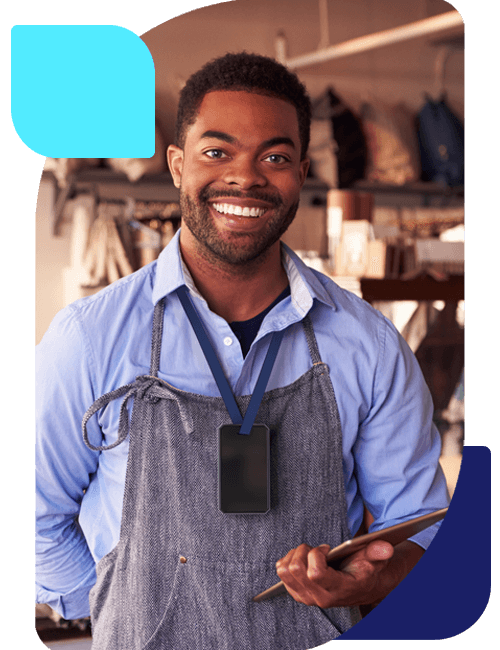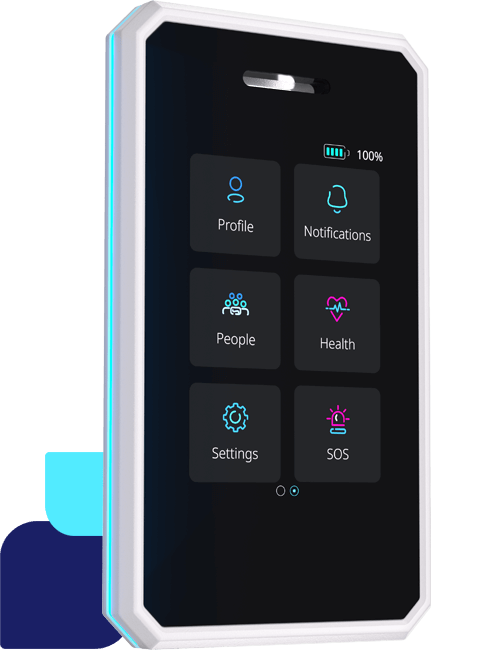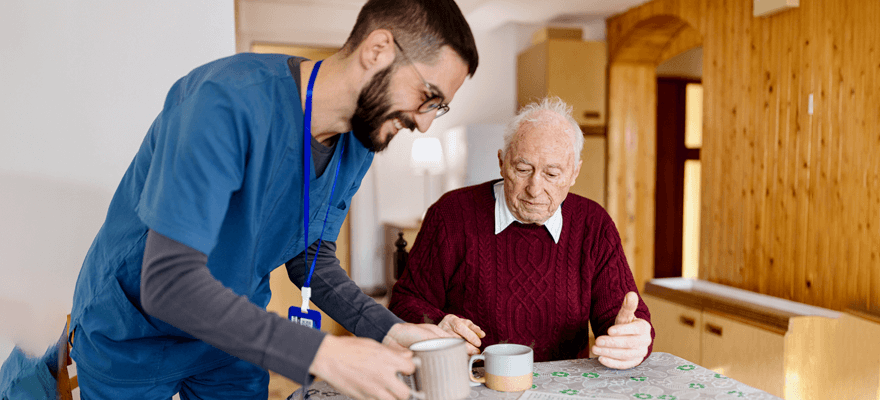Community nurses often work long hours in difficult conditions, it’s important to always ensure their health and safety, especially whilst out on the road visiting patients. In this article, we’re going to explore how companies can use real time location systems to provide their nurses with an added layer of protection, helping them feel safe whilst at work.
What is a real time location system?
A real time location system uses a mixture of hardware and software to provide precise device location with very minimal time delays, so users can visualise through software the location of a device. Some real time location systems also build in environmental sensors to devices, so information regarding temperature, or air quality can also be shared.
Wearable devices, that are part of real time location systems, such as SenseBadges, have functionality such as fall detection, SOS alerts, as well as lone worker check-in which can help to improve the safety of community nurses.
How can a real time location system help to protect community nurses?
In particular, features like fall detection, SOS, and lone worker check in can add the extra layer of protection that community nurses need. With fall detection, wearable Sensebadges that act as identification for nurses, and can detect if a nurse falls over, and send an alert to the relevant responder, whether that’s designated as the nearest colleague, or a specific manager. SOS functionality acts in a similar way, except it can be manually triggered by a nurse on the device. The SOS alert is then sent to the relevant person, again, whether that’s the nearest colleague or a manager, that’s up to whoever sets the system up.
Lone worker check-ins are very useful for helping to understand the safety and wellbeing of nurses on an ongoing basis. Check ins can be set up purely for safety purposes, asking the device wearer simply to tap to register that they’re okay, or check ins can be more in depth, acting a bit more like a pulse-survey.
This type of functionality not only helps nurses to feel safer but can improve outcomes if an incident occurs; through reducing response times, and proactively monitoring the wellbeing of lone workers, helping to pre-empt certain types of incidents. This can improve RIDDOR scores and help to reduce the likelihood of an accident.
If you’re looking to protect your community nurses and give them the ability to let you know where they are and how they’re feeling, then speak to a Sense consultant today.







